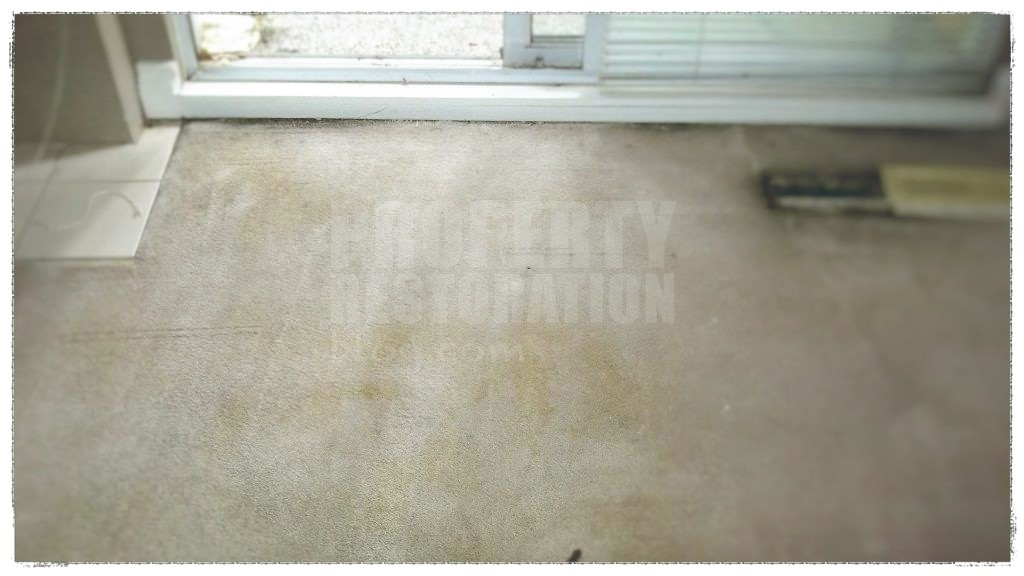 Dealing with pet odours in your home can be challenging, in this article I will explain why and help you get a good grasp on resolving the issue.
Dealing with pet odours in your home can be challenging, in this article I will explain why and help you get a good grasp on resolving the issue.
Perhaps that is also what brought you here, whether you just bought a home that has pet odour from the previous owner, a property manager having to clean up after the previous tenant’s mess, or you simply want to clean up after your own pet and make your home smell good again, well this post will help you achieve that or attempt to at least.
First thing I should mention is that as with many odour type issues, the severity of the situation will determine how much work and effort will be required to eradicate the smell from you home. So if your cat has gone wild through your entire house then you are likely in for quite a bit of work ahead of you.
Ok so there are 2 general approaches you can take to removing pet odours:
The Short Term Approach
Use this approach in low-medium affected cases as well as when the pet is still going to reside in the home. Why? well animals like cats and dogs usually like to re-mark the areas they have already soiled so applying a long term solution to this would likely result in wasted efforts as it would re occur.
Steps Involved:
- CLEAN UP AFTER YOUR PET AS SOON AS POSSIBLE in order to not let the urine from soaking deep into the materials such as carpet underlays and the sub floor. The deeper the soiling penetrates the materials the harder it will be to clean up.
- USE STORE BOUGHT PET STAIN AND ODOUR CLEANERS TO SPOT-CLEAN THE AFFECTED AREAS. Once the chemical solution (it shud be an acidic based formula in order to counter act the alkaline salt residues left behind by the urine) has been applied you can try doing a warm water rinse, be sure to soak up the water with a towel or such soon after you rinse it so it does not soak too deep.
- HAVE YOUR CARPETS CLEANED as you see fit, maybe once or twice a year could do the trick. Professional carpet cleaning services will be able to apply deep cleaning techniques and counter acting chemicals which will target pet odours and staining, and typically would use hot water and high power extraction. House hold carpet cleaners are not match to the power a professional unit holds, so if you are wanting a thorough, deep clean of your rugs and carpets its best to have it done professionally.
The point of the short term treatment is to not spend a bunch of money on an issue that is going to inevitably re occur. Moving forward you should make effort to limit the amount of accidents your pet has in the home and cleaning up right away if they occur.
As a closing note for the short term approach, you should know that any attempts to removing odour will not be guaranteed and results will definitely vary, so long as the pet is still going to the bathroom inside the home.
The Long Term Approach
This is the approach you should take if you are SERIOUS about removing pet odours and want a long term solution. This approach will likely cost you more as it could require the repair/replacement of certain building materials.
So to put this simply, you should first try the short term solutions before moving onto the next steps and replace the consumer type pet cleaning solutions with industry specialized ones. So, now head over to you local janitorial store and ask for the right solutions (one option in the cleaning process you can use is Odor X Urinse).
There will be situations where you will not know where the contamination has happened and you will need to know in order to do the proper job. Perhaps you are a property manager and the previous tenant had cats that soiled throughout the property, how are you supposed to know which areas to try and clean?
To find the areas that have been contaminated you could:
- Use a UVA light (black light) to easily find the soiled areas. This technique works very well, so if possible get a hold of one of these.
- Moisture testing meters (with pins) can also be used. These are usually used for finding and measuring moisture in building materials such as wood, however even if the soiled area is not still wet it will still alert you of where urine has been. This is because of the salty residues left behind by the urine, they act as an electrical conductor of sorts and thus allowing moisture meters to work for this application. You could pick up a basic pinned moisture meter from Home-Depot type shop for under $100.
- Use bright lights to help you find the areas, if you use bright enough lighting and look closely enough you should be able to notice differences in the shading/colouring where staining has occurred.
If the carpeting or rugs you are trying to clean are heavily soiled (30-50% or more of the total area) then it may be best to dispose of it and replace with new as the underlay beneath the carpeting will also be contaminated and it is very difficult to clean by your self. The carpet underlay is cheap enough that it is worth replacing it as you will spend a lot of time and effort trying to clean the large areas and the results will not be guaranteed.
Ok, after you have done the above you can re-asses the situation and see if the odour is still an issue.
If it is, then it is likely that the actual building materials such as the sub flooring below the carpeting has also been contaminated. It could be a wood or concrete sub floor, either way it will need to be treated.
Steps to decontaminating sub flooring:
Step 1 – Pull back the floor covering ie. carpeting including the underlay so you can see the sub floor (perhaps at this point you have already removed it because you are disposing of it). You should be able to see staining and spotting, those are the spots where urine has contaminated and will need treatment.
- Concrete sub floors are easier to treat, you can apply the pet cleaner formula you have (acid based) to the affected areas and that should do the trick. Make sure to follow the instructions on the bottle in order to allow for proper dwell and dry time etc.
- Wood sub floors will require a bit more work as it will naturally soak up the urine deeper into the material. The first step should be to spray it down with the cleaner as you would a concrete sub floor. Then depending on the severity of the situation it may require you sand down some of the areas that are darkest and most affected. Then, re spray the cleaning application.
Step 2 – The last step in the process may require you to seal the surface of the affected areas with the use of a product like Zinsser BIN. This process basically seals in stains and odours, locking them into the building material, you can use this on both wood and concrete surfaces.
As a final step after you have completed either the the short or long term approaches, you can remove any left over lingering pet odours via the use of an AFD equipped with carbon filters. This will absorb any left over odours including those resulting from the cleaning process and help return the quality of the air in your home.
Alright, so now you know what you are up against if you are faced with a per odour issue. Hopefully, the situation is not severe and can be treated with a little bit of elbow grease. For more severe situations you should consult a restoration professional to help you with the process.

When my dog was a pup I would just spot clean the area he peed on, once he grew up and stopped peeing inside I got my carpets cleaned. It seemed to work fine no pet odors, but maybe dealing with cats is harder :S